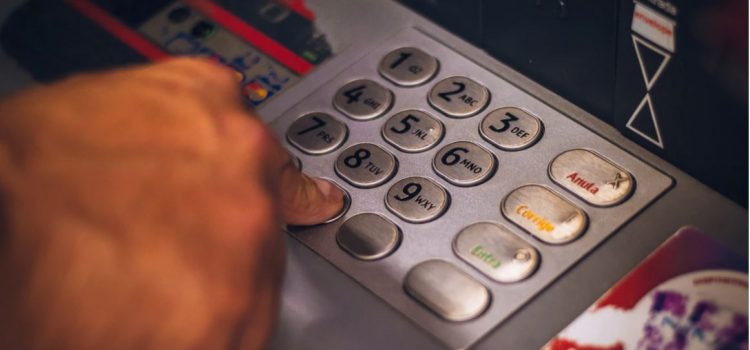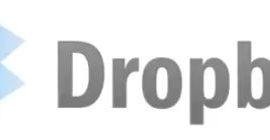

This article is an excerpt from the Shortform book guide to "Profit First" by Mike Michalowicz. Shortform has the world's best summaries and analyses of books you should be reading.
Like this article? Sign up for a free trial here .
Why should you have 7 bank accounts for your business? What should each account be designated to?
Mike Michalowicz, author, entrepreneur, and business makeover specialist, says that every business owner should have 7 bank accounts. He asserts that having your money organized into several designated accounts works better than having spreadsheets or financial software.
Here’s how each of your bank accounts should be used.
Your 7 Bank Accounts
To organize your accounting through bank accounts, Michalowicz instructs that you open 7 bank accounts: five checking accounts at one bank, and two savings accounts at another, each used for one major component of your business’s finances.
Your 5 Checking Accounts
You can open these checking accounts at your primary bank. Use them to keep track of your income and where you allocate it.
- Income: The account where all of your deposits will initially go before being transferred to other accounts. Doing so allows you to easily see your total revenue before you divide it up.
- Profit: Put your profit into this account when you subtract it first from your income. Doing this before the others reminds you that profit is your first priority.
- Salary: This account will be where you delegate your own salary—what you might know as owner’s compensation.
- Taxes: This account is where you’ll first place your money allocated for paying taxes.
- Expenses: Use your business’s existing main account for expenses. This is so you can continue the habit of making financial decisions based on your bank balance, but will also have appropriate limits placed on your available spending money.
Your 2 Savings Accounts
In addition to your checking accounts, Michalowicz advises you to open two savings accounts at a separate bank and make them inconvenient to access. This uses the Profit First tenet of reducing temptation by making it harder to get what you want–in this case, making it harder to spend the money in these accounts on other things.
- Tax savings: Transfer the contents of your ‘Taxes’ checking account into this account regularly (we’ll explain when to do this transfer later on).
- Profit savings: Transfer the contents of your ‘Profit’ checking account into this account regularly.
| Make Informed Bank Accounting Decisions While Michalowicz recommends that you set up your accounts at banks that don’t have too many fees, you might be wondering what specific fees you should look for or avoid. Here’s a specific list of fees you can check for when setting up your new accounts, as well as how they might impact your bank accounting: Minimum balance requirements: Many banks will have monthly fees for accounts with a balance below a certain minimum. This fee is important to consider for your income, tax, and profit checking accounts because they’ll regularly have all the money in them transferred out. ATM fees and ATM access: You’re no doubt familiar with this fee—almost all ATMs now charge you for use if they aren’t with your specific bank. These fees are important to consider if your business often needs to pay for things in paper money. Knowing which banks can offer you easy access no-fee ATMs will save you a significant amount of money in the long term. Overdraft fees or insufficient funds: If you end up spending more than an account currently has, your bank will typically charge an additional fee—whether the charge went through or not. This makes it important that you know how much money is in each account, and that you maintain spending discipline to avoid additional fees on top of your other expenses.) |
Why You Need Both Savings and Checking Accounts for Profit and Taxes
Michalowicz recommends you use your profit and tax checking accounts to hold money until it’s transferred to your savings accounts. This is because transfers between checking accounts at the same bank are instant, meaning that transferring money from your income account to your profit and tax checking accounts instantly updates how much money you have in each.
On the other hand, transferring money between banks takes a few days, so if you transfer directly from your income account to your savings accounts, your income will temporarily seem greater than it really is, and you might make bad decisions based on that misleading number.
(Shortform note: Michalowicz argues that being unable to fully recognize your financial information in this instance will make impulsive behavior more likely. Research backs up this claim, suggesting that a core component of impulsive behavior is acting before fully processing all of the information available to you. Transferring money from your income to your profit and tax checking account makes it easier to process information—Because of that, this research would suggest that it also prevents impulsivity.)
Bank Accounts Versus Spreadsheets
You might ask, “Why open all of these bank accounts and not just use a spreadsheet or financial software?” Michalowicz addresses this point, arguing that a typical entrepreneur isn’t checking their financial documents frequently, and doesn’t consult them when making decisions about spending. For such a person, multiple bank accounts improve financial decision making without requiring the habit of checking accounting documents regularly.
(Shortform note: Alternatively, if checking your financial documents is a daunting task you have trouble doing regularly, you could also work consistently with a bookkeeper. The U.S. Small Business Administration recommends you send your financial information to a reliable bookkeeper once a week, have them compile your financial documents, and then ask them any questions you might have about what they mean. This way, your bookkeeper will help keep you accountable to a habit of checking these financial documents once a week, and will also make sure you understand what these documents mean. Michalowicz does disagree with this suggestion, though, arguing that even bookkeepers can misinterpret financial information.)

———End of Preview———
Like what you just read? Read the rest of the world's best book summary and analysis of Mike Michalowicz's "Profit First" at Shortform .
Here's what you'll find in our full Profit First summary :
- Why traditional business accounting methods don't work
- How to use the Profit First method to increase your business’s profitability and stability
- How to assess your business's current financial health






